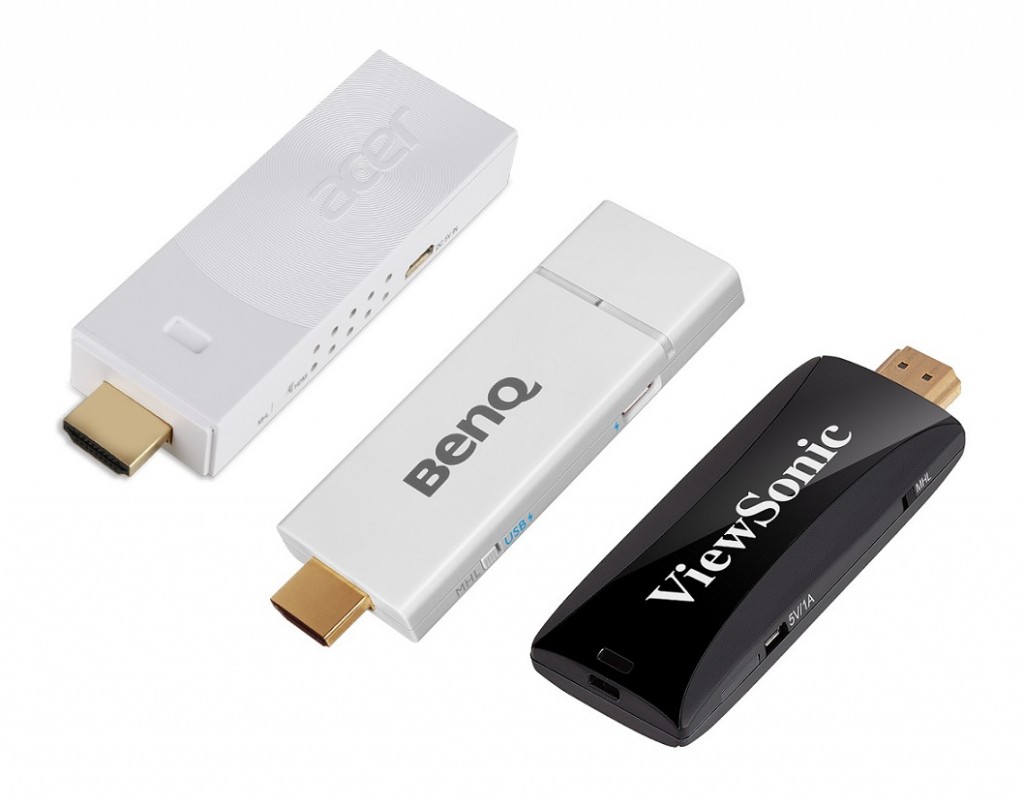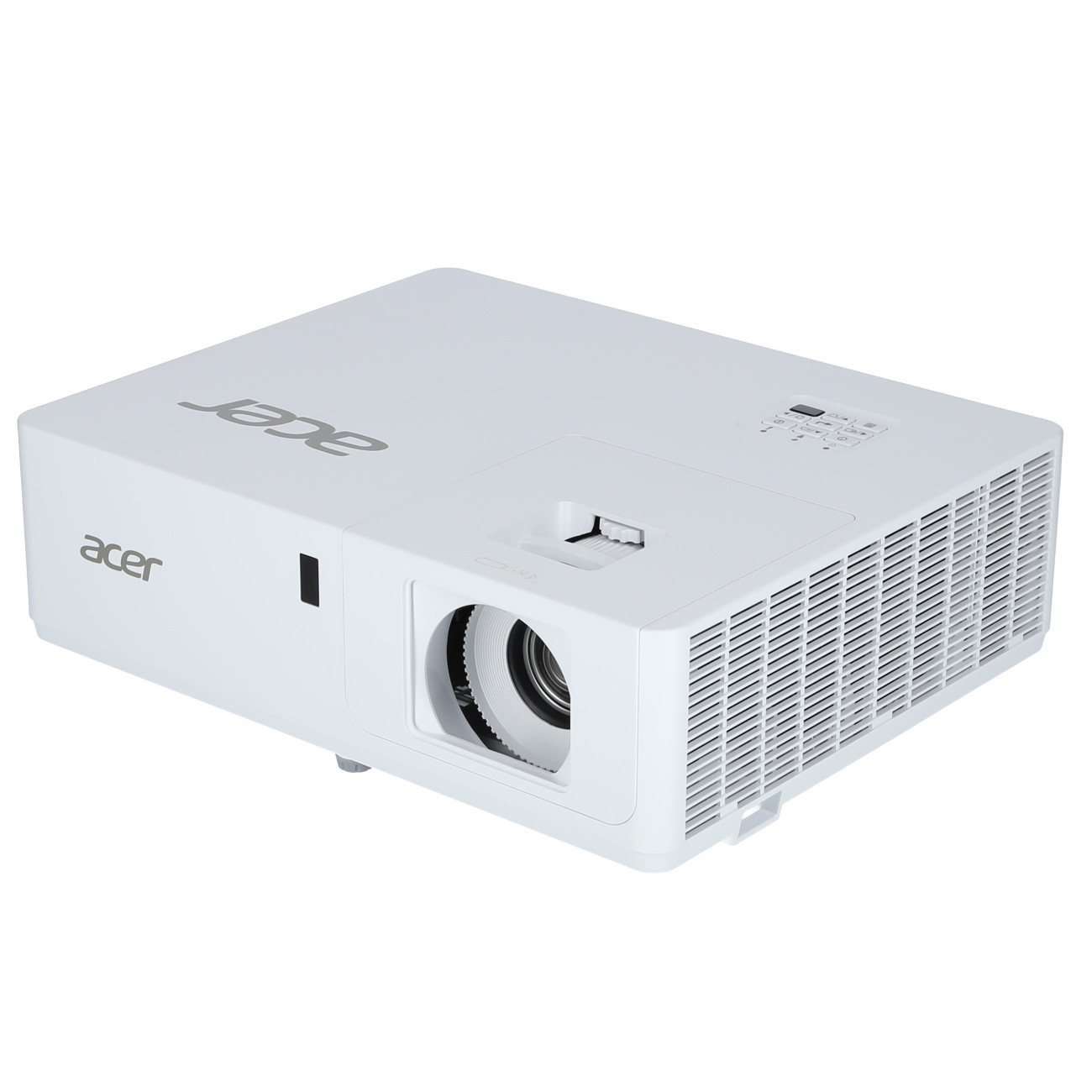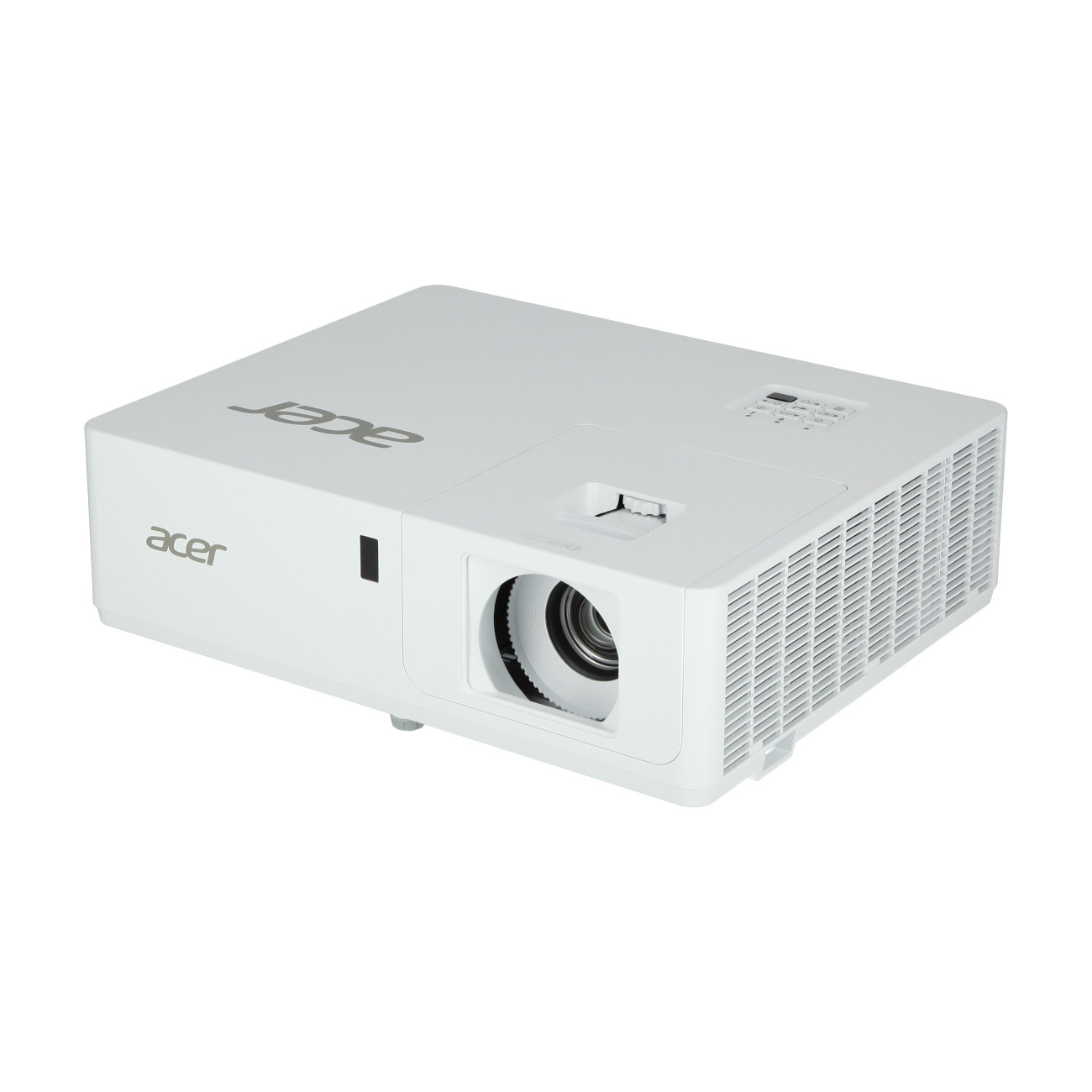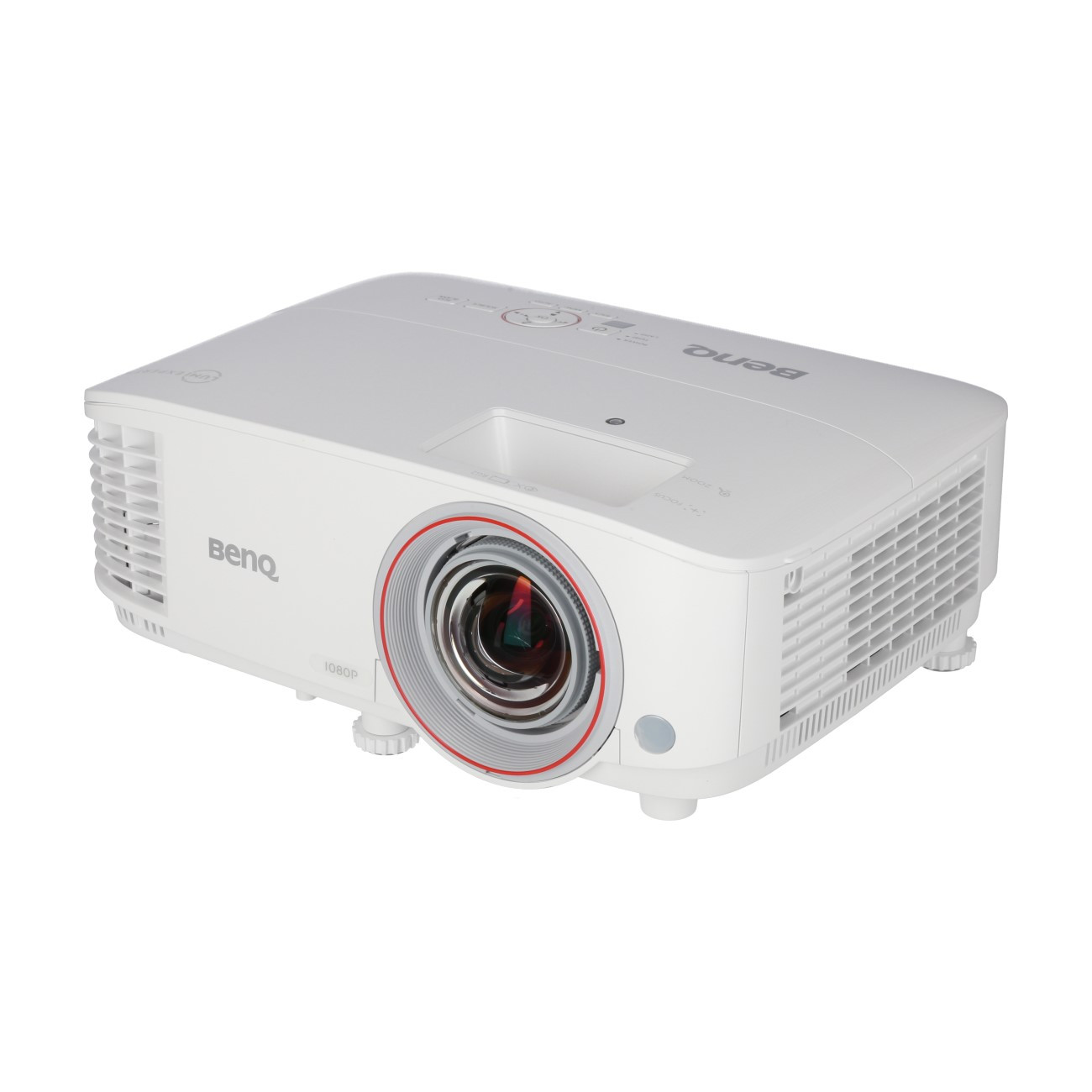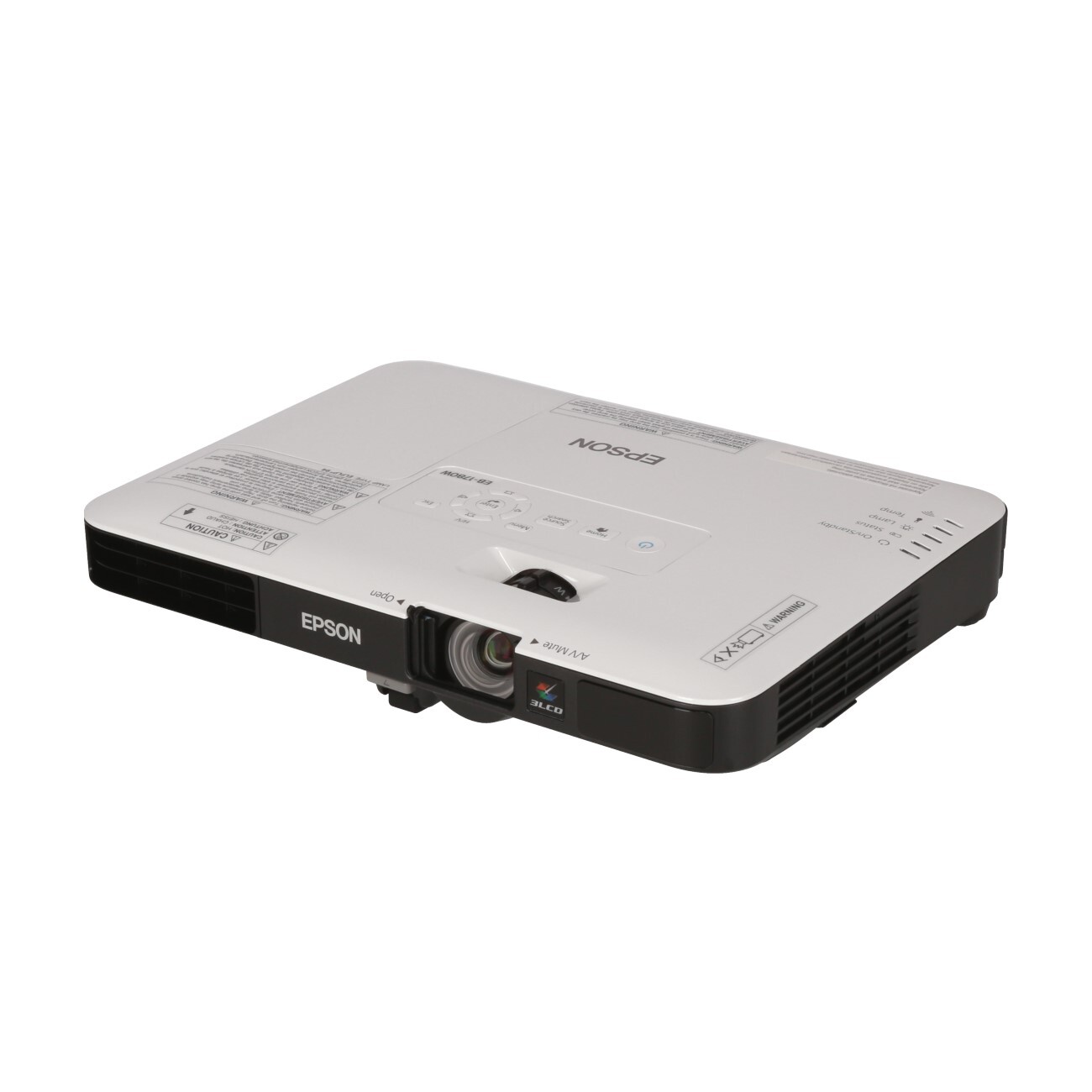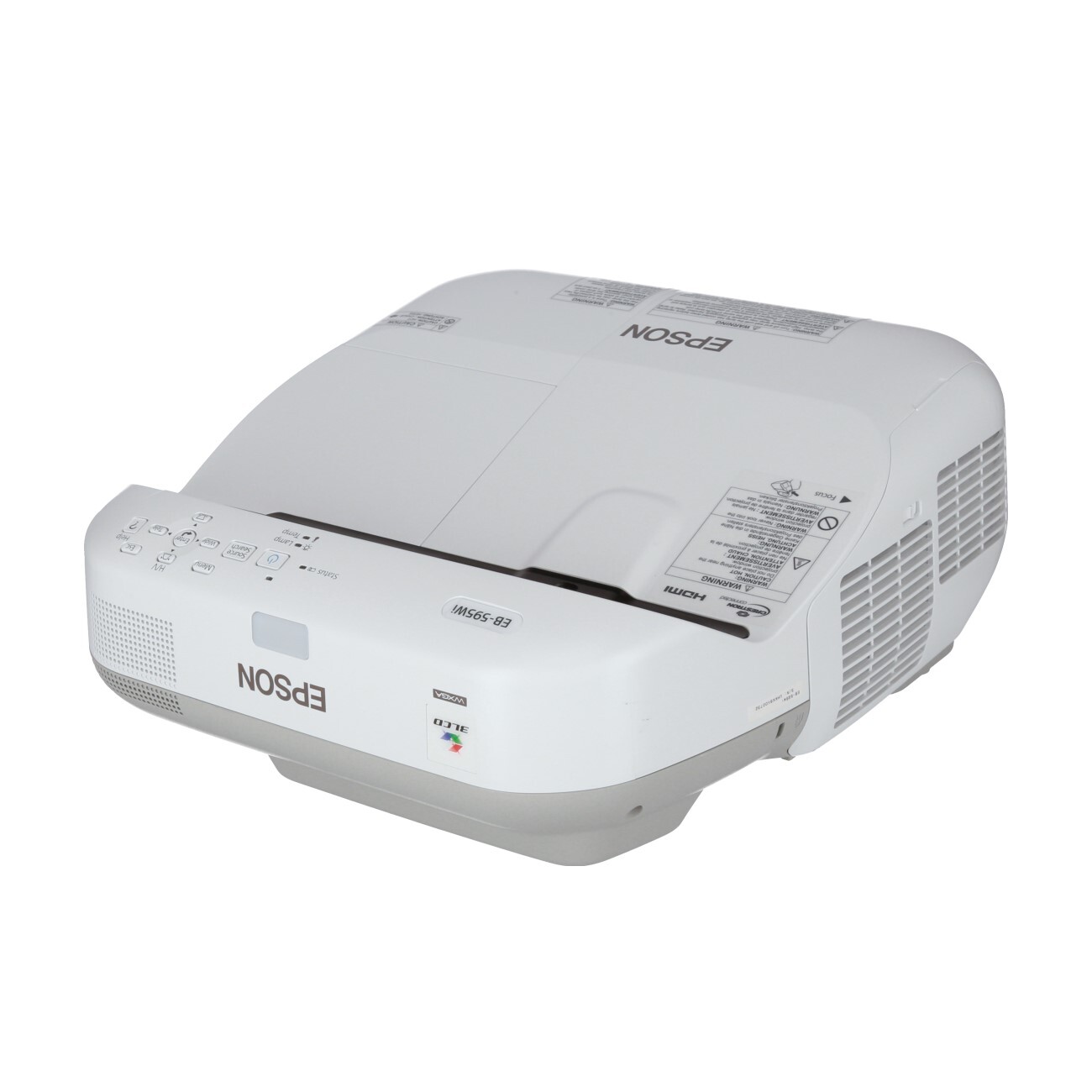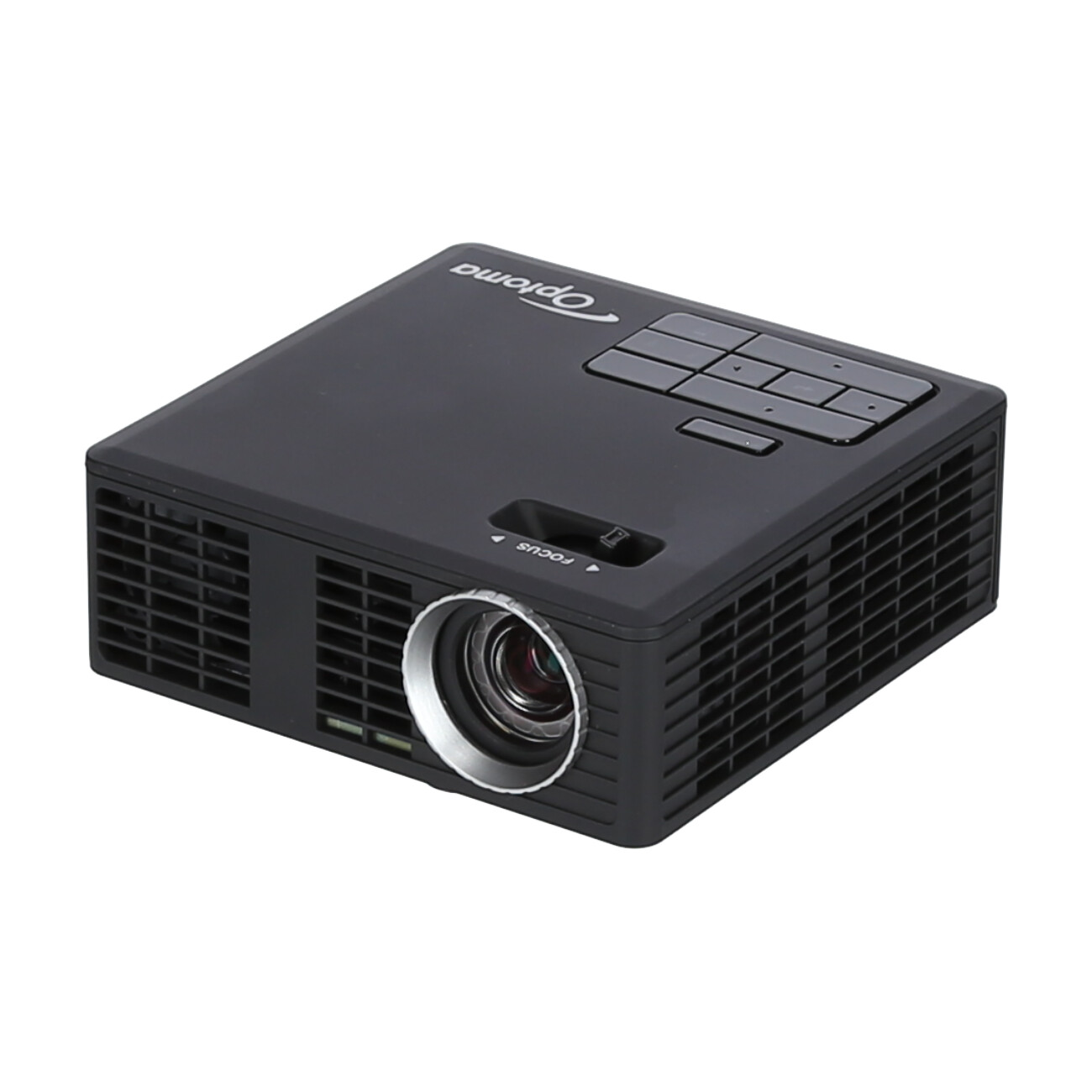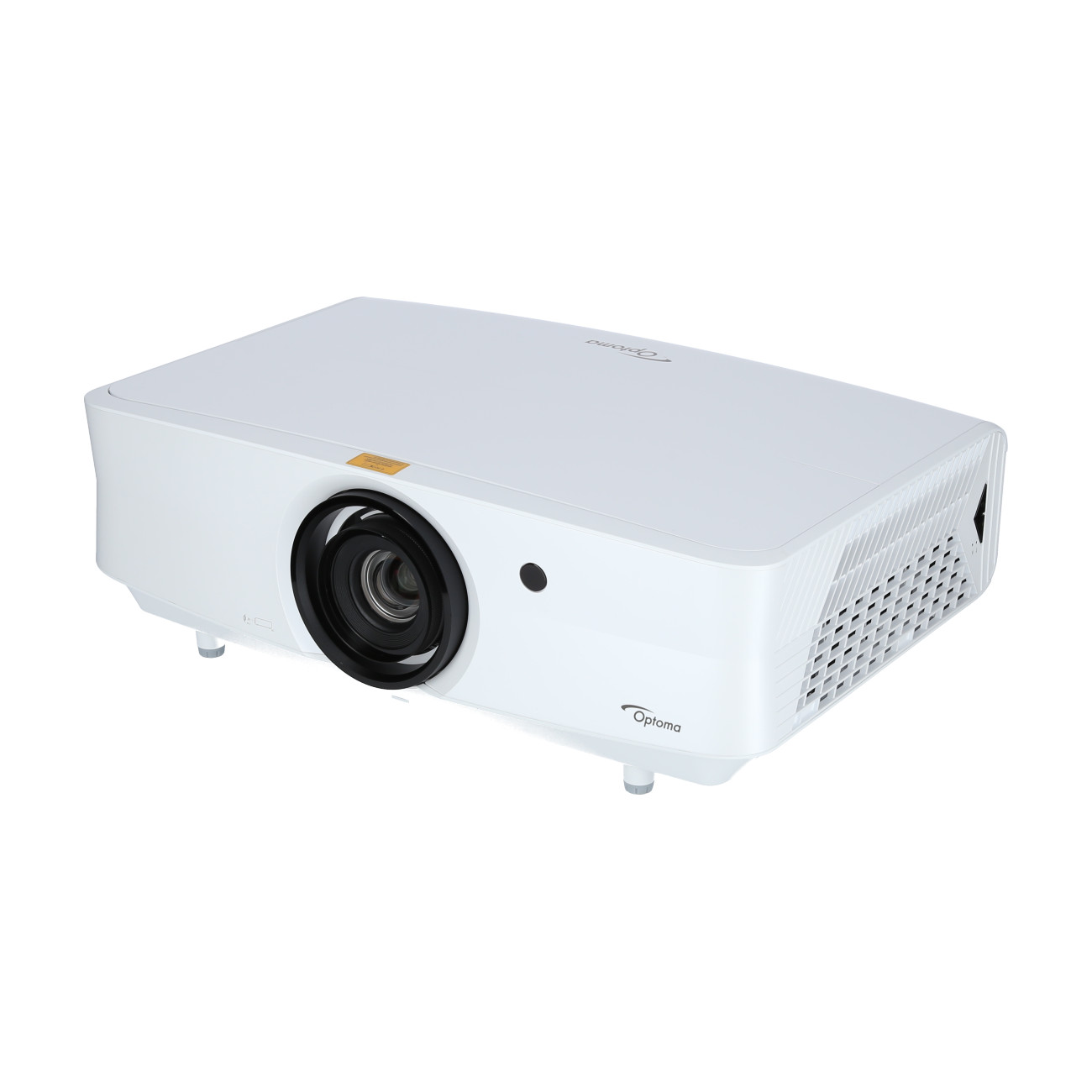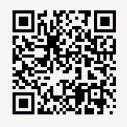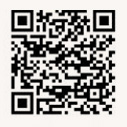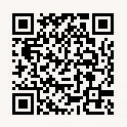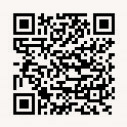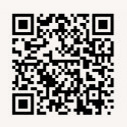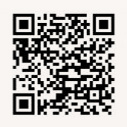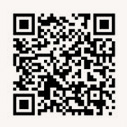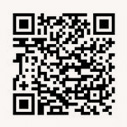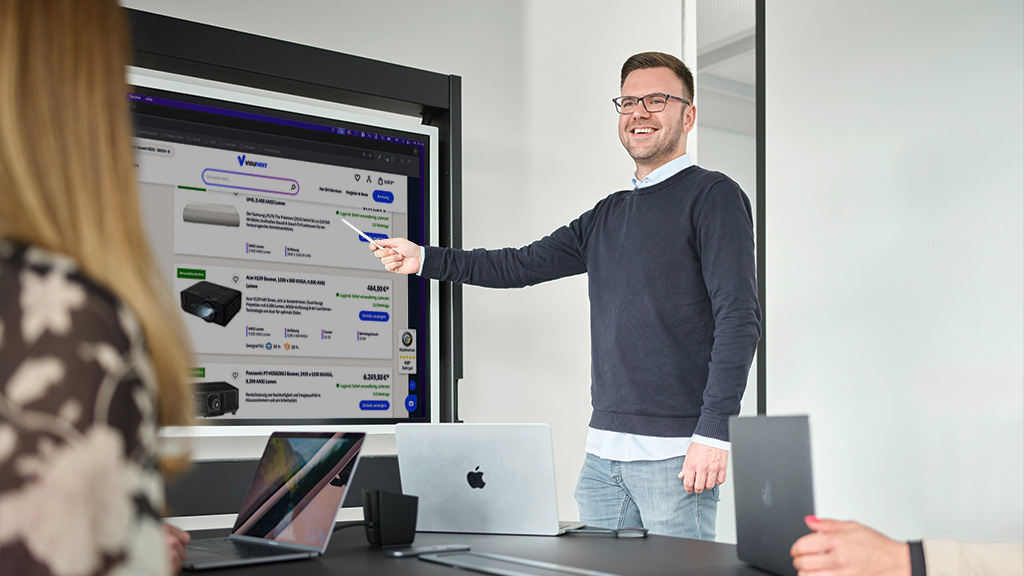Wireless is becoming an increasingly important topic for projectors today. One to two years ago, wireless solutions were usually tied to a USB type A connection, which was rarely intended for this type of connection on a projector and was more likely to be designed for a USB viewer function. The transmission strength of USB wireless dongles is usually limited and cannot yet be compared with the reception and processing capabilities of wireless adapters for TVs, especially for projectors. The problem here is that today's customers often have different expectations regarding the MHL wireless adapter connection to the projector.
MHL technology
For 1-2 years now, the world of wireless connectivity has begun to change. This goes hand in hand with a new connection option, the MHL-capable HDMI connection. Up to this point, the topic of MHL (Mobile High-Definition Link) was usually only mentioned in connection with smartphones or tablets. Here, a connection was made from an HDMI connection to a micro-USB slot, which was able to take over not only the data but also a power supply. In the meantime, this approach has also been adopted for many projectors. Thus, the MHL-capable HDMI input is able to supply power to an external device such as an MHL wireless adapter. The first generation of MHL connections was equipped with 500 mA at 5 V, for the second MHL generation the value 900 mA at 5 V was set. A conventional HDMI connection can also transmit 5 V, but normally only 55 mA. Thus, the normal HDMI connection does not provide enough power to supply an external device with electricity. A good example of the MHL-less way, which was planned before the MHL era, is the google Chromecast dongle. It works with a separate power supply via USB. If the MHL standard also becomes more and more established in TV devices, such a solution will no longer be absolutely necessary. It is highly probable that a dual solution will be adopted and the wireless adapters will be given MHL capability and an optional power supply via USB will be made possible in order to keep the wireless dongle attractive for older devices without MHL.
MHL solutions for projectors
In the field of projector solutions, Acer was the first manufacturer to jump on this bandwagon with the MWA2 MHL adapter. With success! The Taiwanese manufacturer also laid the foundation for other projector manufacturers who have since taken up the topic. Therefore, it is not surprising that the Acer MHL Wireless Adapter is now already available in the 2nd generation. We would like to introduce you to a few of the current MHL wireless dongles in the course of this blog. But more on that later.
MHL meets Miracast
A great advantage that was or is present in all MHL wireless adapters for projectors is the Miracast function. This feature also has its origins in the field of smartphones or tablets. It can be seen as a counterpart to Apple's Air Play or Intel's WiDi, which also enable direct mirroring of the screen content along with sound. And in a significantly higher resolution and quality than was previously the case with the USB variants. This shows that especially users of Miracast-enabled devices benefit from the new MHL wireless adapters.
MHL Wireless Function
In addition to the Miracast function, the normal WiFi standard is always supported, which also ensures the attractiveness for users of Apple devices and conventional notebooks. In terms of the transmission strength of the WiFi part, the MHL wireless adapters are usually on the same level as a USB wireless adapter, but do not have to contend with the circumstances that a USB connection is required. Thus, the MHL wireless adapter kills two birds with one stone, from two different perspectives. For the industry, it is easier to make an HDMI connection MHL-capable and in this way reduces the cost increase in the construction of the projector if an otherwise unnecessary USB connection would have to be installed. On the customer side, this is reflected in the lower price of the projector and the wider choice of devices, which was previously much more limited.
Compatibility
In addition to the limited choice, USB wireless adapters are also not compatible with other manufacturers' projectors. This is less often the case with an MHL wireless adapter. Although it is possible that the projector from manufacturer X is not able to communicate with the adapter from manufacturer Y, this situation is becoming increasingly rare. In this way, even more flexibility can be generated in the selection of adapters and the most suitable projector / MHL wireless adapter combination can be put together for one's own requirements. Otherwise, it is of course recommended to use the solution offered by the projector manufacturer, if available.
Our recommendations for MHL-capable projectors
Now we would like to introduce you to a selection of different MHL wireless adapters and discuss their functions and features:
Acer products
In addition to the limited choice, USB wireless adapters are also not compatible with other manufacturers' projectors. This is less often the case with an MHL wireless adapter. Although it is possible that the projector from manufacturer X is not able to communicate with the adapter from manufacturer Y, this situation is becoming increasingly rare. In this way, even more flexibility can be generated in the selection of adapters and the most suitable projector / MHL wireless adapter combination can be put together for one's own requirements. Otherwise, it is of course recommended to use the solution offered by the projector manufacturer, if available.
BenQ products
In addition to the limited choice, USB wireless adapters are also not compatible with other manufacturers' projectors. This is less often the case with an MHL wireless adapter. Although it is possible that the projector from manufacturer X is not able to communicate with the adapter from manufacturer Y, this situation is becoming increasingly rare. In this way, even more flexibility can be generated in the selection of adapters and the most suitable projector / MHL wireless adapter combination can be put together for one's own requirements. Otherwise, it is of course recommended to use the solution offered by the projector manufacturer, if available.
Viewsonic products
In addition to the limited choice, USB wireless adapters are also not compatible with other manufacturers' projectors. This is less often the case with an MHL wireless adapter. Although it is possible that the projector from manufacturer X is not able to communicate with the adapter from manufacturer Y, this situation is becoming increasingly rare. In this way, even more flexibility can be generated in the selection of adapters and the most suitable projector / MHL wireless adapter combination can be put together for one's own requirements. Otherwise, it is of course recommended to use the solution offered by the projector manufacturer, if available.
Optoma products
In addition to the limited choice, USB wireless adapters are also not compatible with other manufacturers' projectors. This is less often the case with an MHL wireless adapter. Although it is possible that the projector from manufacturer X is not able to communicate with the adapter from manufacturer Y, this situation is becoming increasingly rare. In this way, even more flexibility can be generated in the selection of adapters and the most suitable projector / MHL wireless adapter combination can be put together for one's own requirements. Otherwise, it is of course recommended to use the solution offered by the projector manufacturer, if available.
Apps
The apps mentioned above are very versatile in terms of their scope of services. Office content, PDFs and images can be presented. It is also possible to play video files that are not too data-intensive. Likewise, when used in a network (not ad hoc), for example, access to cloud services such as Dropbox is available. Another practical feature is the split screen for up to 4 participants. A live camera presentation from the device is also possible. With these and even more functions, the respective apps of the manufacturers are very functional and practical for the most diverse business users.
Conclusion
As you can see, with the MHL wireless adapters available so far, you get a practical selection of features that have proven themselves in everyday business life as well as at home. Thanks to the MHL capability of many projectors, compared to the wireless USB models, the MHL capability of the devices is also bringing more and more momentum to the wireless sector. Since they are optional wireless adapters, you don't have to worry about paying for a basic feature when you don't need it.
Since the diversity of the MHL wireless adapters from Acer, BenQ and ViewSonic will certainly motivate other manufacturers, it is to be expected that other manufacturers will also offer comparable solutions in the future. Working with the corresponding apps is also very intuitive and can be practised quickly. This makes it possible to enhance presentations or meetings in daily business and to provide participants with content from the various devices. It should also be mentioned that the MHL adapters are available at a moderate price . We are excited to see what the future holds in store in this area!


